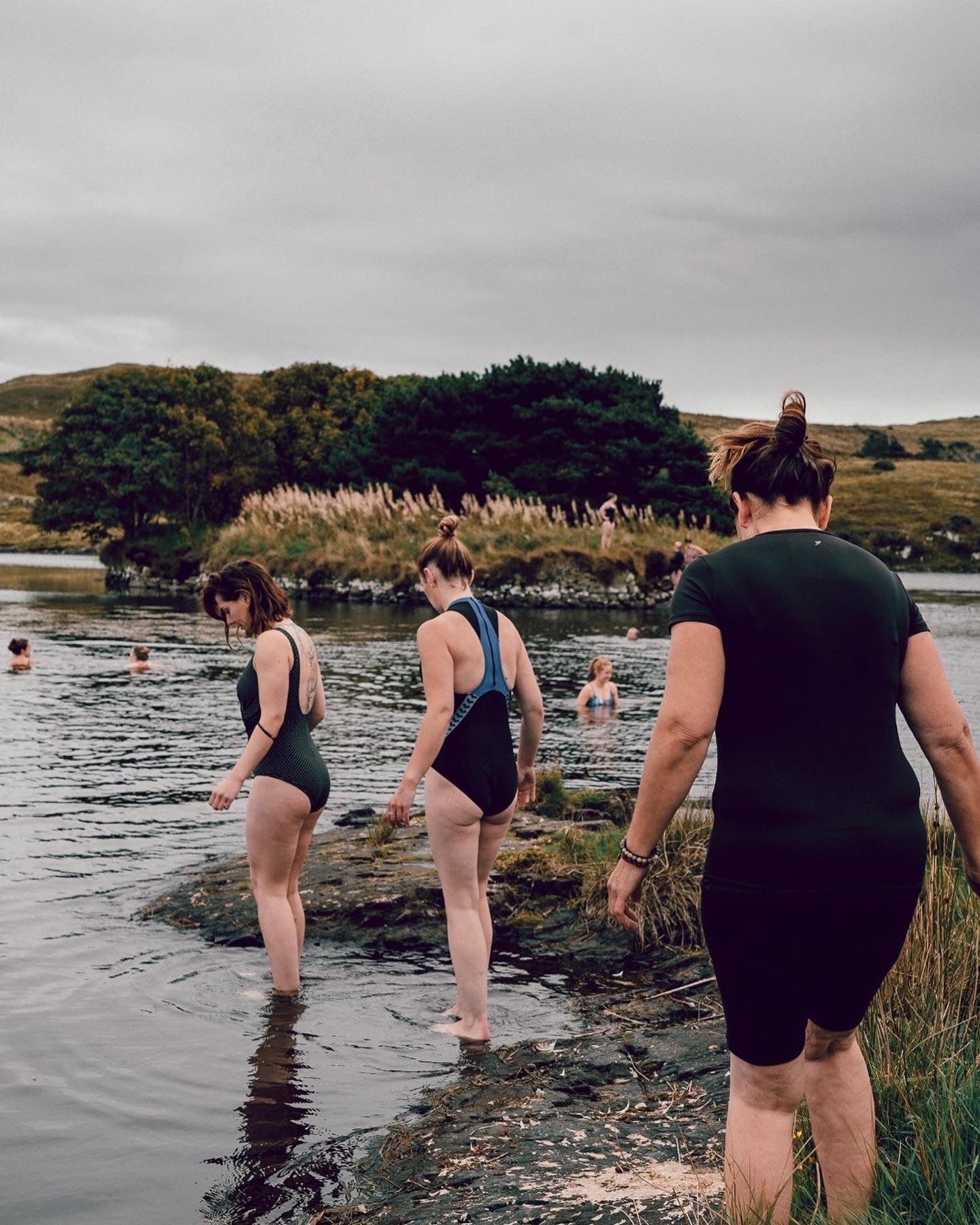
How to Start a Group
Build Connections and Share the Adventure
The outdoors has a special way of bringing people together, fostering connections, and creating unforgettable experiences. Starting an outdoors community group is a rewarding way to unite like-minded people who share your love for nature and adventure.
Here’s how to start your own group and make it a thriving community.
1. Define Your Group’s Purpose
Every great community starts with a vision. What kind of group do you want to create? Whether it’s a hiking club, a swim group, casual nature appreciation group, or skating mermaids, defining your focus will help you attract the right members.
Consider these questions:
What activities will the group focus on (e.g. hiking, swimming, foraging)?
Is it for all ages, families, or specific groups like women or beginners?
Will you emphasise adventure, connection or simply spending time together?
2. Research Local Outdoor Opportunities
Explore the possibilities in your area. Whether its local trails, rivers, or beaches, identify a variety of accessible spots for group activities. Make sure the locations align with the group’s fitness and skill levels.
Things to check:
Accessibility and parking options.
Safety concerns, such as weather conditions.
Restrictions on group activities.
3. Start Small and Build Momentum
Invite friends, family, or co-workers to your first few gatherings. A small, supportive group can set the tone and give you a chance to fine-tune your approach before expanding. Once you’ve gained confidence, start inviting a broader audience.
Tips to get started:
Host a simple event, like a beginner-friendly hike or picnic.
Create a fun name and logo for your group to make it memorable.
Use social media and local platforms to announce your group.
4. Spread the Word
Building an outdoors community group requires visibility. Promote your group online and offline to attract members who share your passion for the outdoors.
Promotion ideas:
- Create a group page on Facebook, Meetup, or Instagram.
- Post on local community forums and bulletin boards.
- Collaborate with local outdoor stores, coffee shops, or recreation centers to spread the word.
5. Plan Your First Event
Kick off your group with an engaging event that encourages connection and sets a welcoming tone. Choose an activity that’s accessible and fun, such as a short nature walk, a sunset beach meetup, or a family-friendly picnic.
Pro Tips for a Successful Event:
- Share a clear itinerary with times, meeting points, and expectations.
- Bring essentials like a first-aid kit, maps, and extra water.
- Welcome everyone warmly and introduce new members to the group.
6. Foster Community and Connection
An outdoors group thrives on strong relationships. Create an inclusive atmosphere where members feel comfortable and excited to participate.
Ways to build connection:
- Encourage members to share ideas for activities or locations.
- Use icebreakers or group introductions at events.
- Organize post-event hangouts, like coffee or snacks.
7. Focus on Safety and Preparation
Safety is crucial for outdoor activities. Make sure members feel informed and prepared for every event.
Safety tips for your group:
- Share weather updates and activity requirements in advance.
- Encourage members to bring essentials like proper footwear, snacks, and water.
- Ensure someone in the group has basic first-aid training.
- Use the “leave no trace” principles to respect nature.
8. Be Consistent and Adaptive
Regular events will keep members engaged and help your group grow. Set a consistent schedule, whether it’s monthly hikes or seasonal adventures. At the same time, be open to adapting based on feedback and interest.
Ideas to keep things fresh:
- Try themed events, like wildflower walks, sunrise hikes, or birdwatching outings.
- Host skill-building workshops, such as map reading or outdoor cooking.
- Collaborate with other local groups for larger events.
9. Embrace Inclusivity and Diversity
Make your group a welcoming space for people of all backgrounds and abilities. Adapt activities to accommodate a variety of fitness levels and personal needs.
Inclusivity ideas:
- Offer beginner-friendly and advanced activities.
- Provide resources like gear-sharing programs or carpooling options.
- Actively invite underrepresented groups to join.
10. Celebrate and Share Your Adventures
A thriving group thrives on shared stories and memories. Capture moments from your events to inspire others and highlight your group’s camaraderie.
How to share your journey:
- Post photos and recaps on social media.
- Create a newsletter to keep members informed.
- Celebrate milestones, like your group’s anniversary or a member’s personal achievement.
Start Your Journey Today
Creating an outdoors community group is more than organizing events—it’s about building a community where people can connect, grow, and find joy in nature. With passion and a little planning, you can create a group that brings people together and makes the outdoors accessible and exciting for everyone.
So lace up your boots, grab your backpack, and take the first step toward creating your dream community. Adventure awaits!
Empowering Women Through Adventure
S A L T Y

